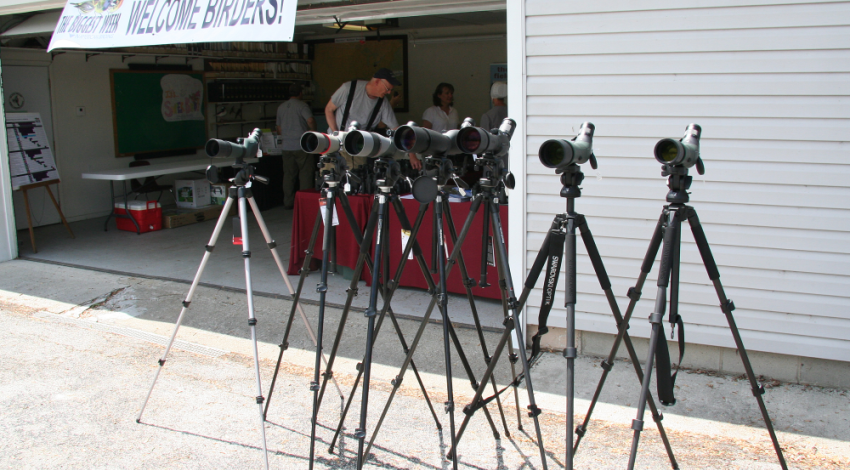As a recipient of Country Living, you are almost certainly a member of an electric cooperative. But what does that mean, and how did that happen?
Electric cooperatives were formed during the 1930s to bring electricity to rural areas of the U.S. that investor-owned electric utilities had deemed less profitable than other business opportunities. At that time, only two of every 10 rural residents in America had electricity in their homes. Generally, those lucky few lived closer to town or on the main route where the power lines passed from town to town. By the 1950s, hundreds of electric cooperatives had been formed in rural counties throughout the country to bring the benefits of electric service to farms and homes, offering them the same conveniences that city dwellers had been enjoying for decades.
 These cooperatives were founded on a set of business principles first developed in the 1840s by industrious but impoverished weavers in England, who united together in cooperation to improve their business opportunities. The same principles that guided those early businesses survive today in the nearly 900 electric cooperatives providing service to 42 million consumers across the country.
These cooperatives were founded on a set of business principles first developed in the 1840s by industrious but impoverished weavers in England, who united together in cooperation to improve their business opportunities. The same principles that guided those early businesses survive today in the nearly 900 electric cooperatives providing service to 42 million consumers across the country.
The seven principles that guide electric cooperative governance and operations will be further explored in a series in Country Living throughout the year, beginning this month on page 6.
These principles are intended to ensure a sustainable business model that puts the interests of you, the member-consumer, first. Ohio’s electric cooperatives have been guided by these principles for nearly 80 years now. So far, so good.








